Earlier this month, I watched a fantastic cookery demonstration by Rory O’Connell at the Folly Festival in Cullohill, Co Laois. Speaking to an appreciative crowd, the Laois-born chef, author and co-founder of Ballymaloe Cookery School in Co Cork talked with passion about the special delights of edible, organically grown flowers foraged from our gardens, allotments and hedgerows, showing how the distinctive muscat flavour of wild elderflowers can be used to artfully enhance the soft, sweet juiciness of a bowl of stewed gooseberries, how hyssop flowers add a punch of mint-anise flavour to a leafy salad, and how a handful of fresh rose petals sprinkled over a home-baked cake instantly turns it into something quite extraordinary.
As O’Connell so rightly pointed out, edible flowers like these have the power to bring a dish magically alive by adding a layer of flavour, colour, fragrance, and texture. An ordinary salad, for example, can be transformed with the addition of a handful of scarlet, peppery-flavoured nasturtiums and golden marigold petals, a birthday cake with a skirt of molten-coloured dahlia petals, or a summer cocktail with some ruffled snapdragon flowers.
Yet another part of the great charm of these edible flowers is their ability to add nutrients to our diet in the shape of their pollen, nectar and petals which provide vitamins, minerals, and a variety of other important bioactive compounds. These bioactive compounds are associated with an impressive range of benefits for human health. Indeed, studies suggest that about 97 per cent of all known edible flowers are associated with therapeutic properties that include being anti-inflammatory, antimicrobial, ‘gastro-protective’ or good for our gut health as well as beneficial for our immune systems.
All of which is valuable food for thought when it comes to harnessing their precious petal power wisely in ways that make best use of each species’ flavour, aroma, colour and texture.
READ MORE
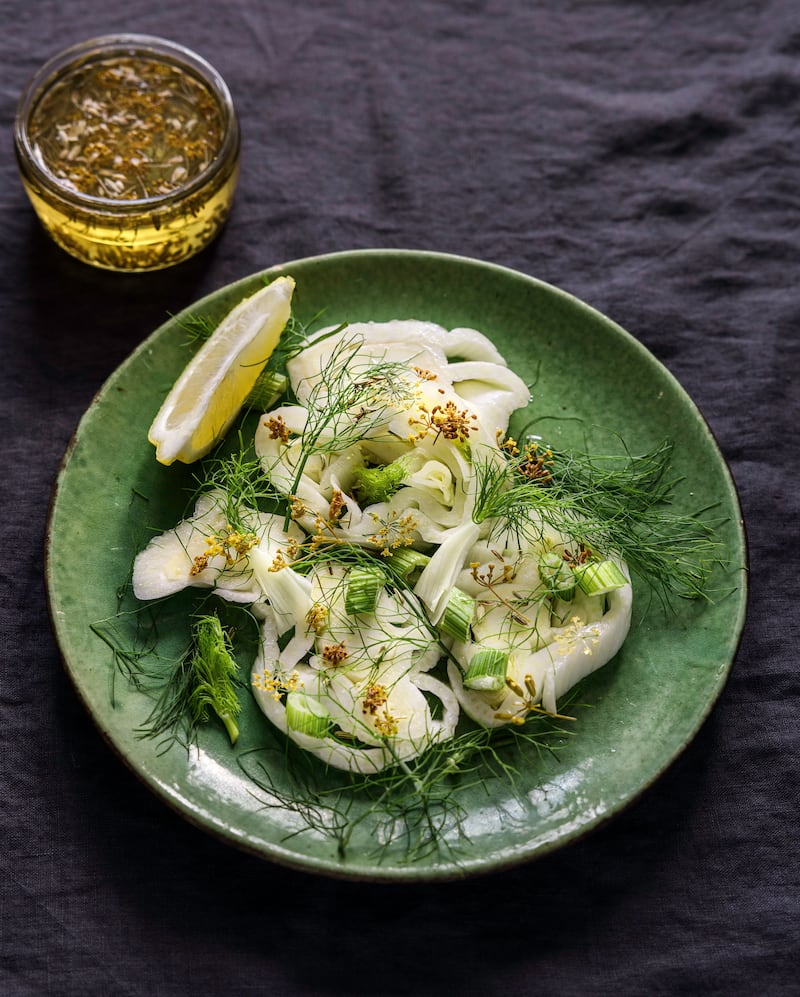
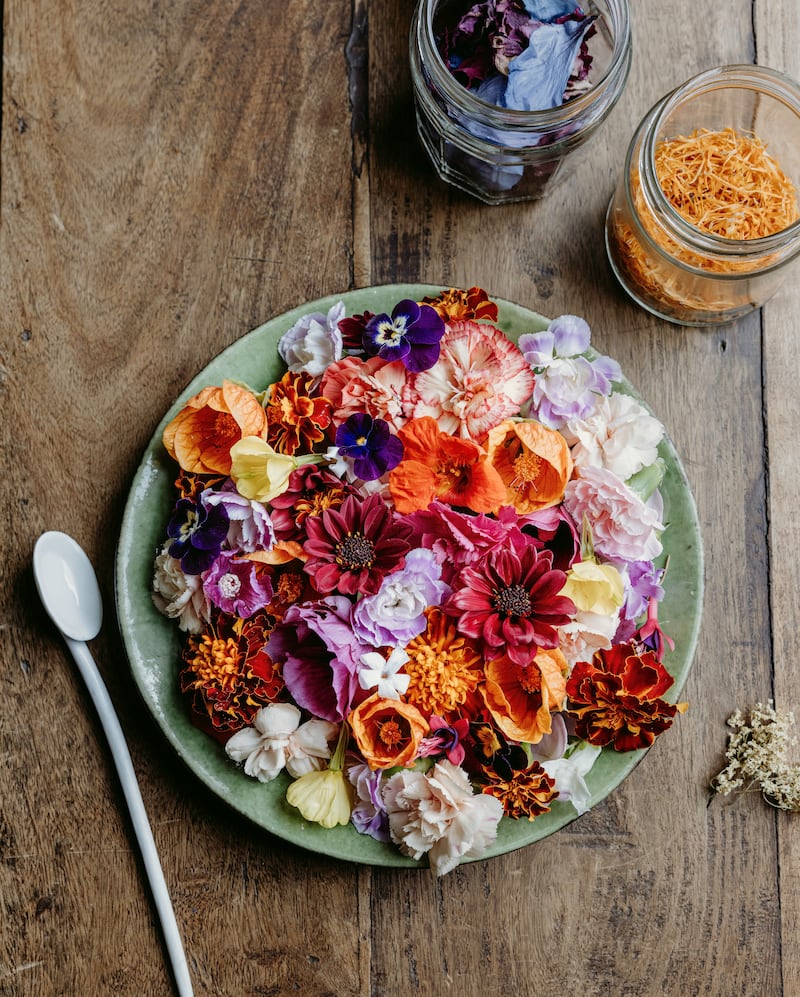
The allium or onion family, for example, is home to a very large number of species whose flowers can be used to add pops of their distinctive oniony flavour to a savoury dish. Chive flowers (Allium schoenoprasum) are the obvious choice here, along with those of wild garlic (Allium ursinum) and leeks (Allium porrum). But in fact, all members of the allium family are edible and can be used to confer that same distinctive flavour and sulphurous scent to a dish including species that we traditionally reserve for the flower garden such as Allium unifolium, Allium cristophii, Allium hollandicum, and Allium trifoliatum. Just don’t add them to a sweet dish for obvious reasons, no matter how pretty their starry pink, white and purple flowers are.
Similarly, the edible flowers of common culinary herbs such as basil, fennel, mint, thyme, rosemary, hyssop, and parsley don’t just make a pretty garnish but are every bit as strongly flavoured and scented as the plants themselves, so should always be used with this in mind.
[ My chilli plants have aphids: how do I get rid of them?Opens in new window ]
The same goes for the sweet edible blooms of certain strongly perfumed species including roses, violas, lavender, lilac, violets, jasmine and honeysuckle. All can be used to make a variety of delicious floral syrups, cordials, jams, sugars, salts, oils, vinegars, honeys, teas and tisanes as well as to add their magical scent and flavour to drinks and cocktails, as beautifully described in detail in an excellent new book, A Floral Feast: A Guide to Growing and Cooking with Edible Flowers, Foliage, Herbs and Seeds by the British author, gardener and flower fanatic Carolyn Dunster (Pimpernel Press, €26).
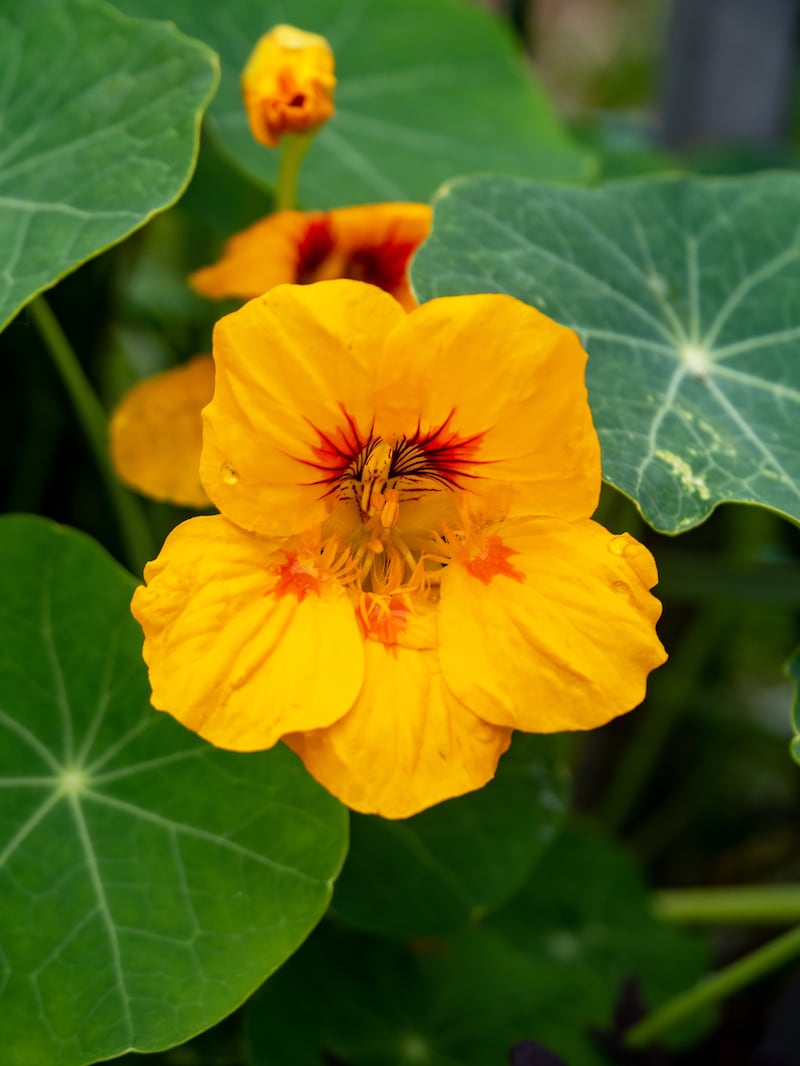
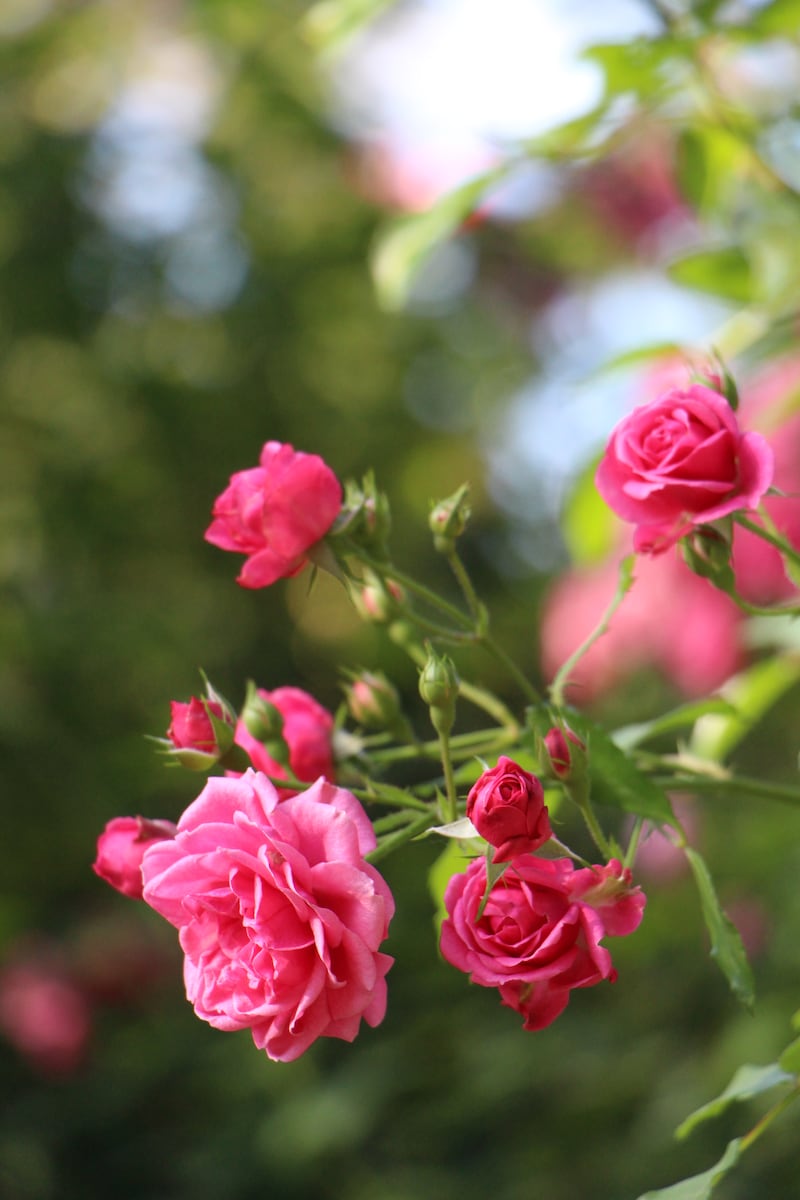
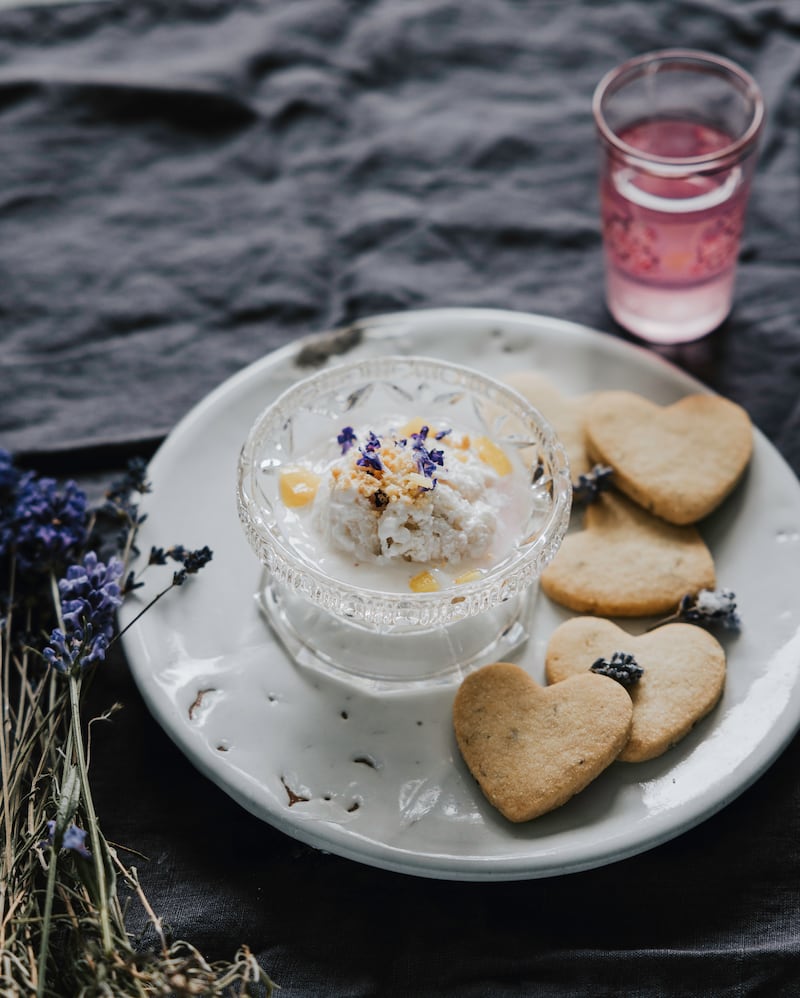
Along with plenty of hands-on gardening tips on how to identify and grow a wide range of edible flowers, Dunster’s book shares a treasure trove of recipes in which these blooms are the main stars. I’m intrigued, for example, by the thought of making a delicious lilac syrup to drizzle over pancakes, blinis or meringues, a recipe that works equally well for the flowers of lavender, roses, elderflower and violets. Yum, too, to honey that’s been flavoured and perfumed with the colourful, scented, edible flowers of sweet William or carnations, both members of the Dianthus family. Ditto when it comes to the book’s recipes for petal confetti cookies made from edible garden flowers such as marigolds, sunflowers and African daisies (Osteospermum); to floral crème brûlée; to floral jellies; and to flower-flavoured macaroons.
[ My bearded irises did not flower: what am I doing wrong?Opens in new window ]
For those who prefer savoury dishes, Dunster’s fascinating book also gives a mouth-watering range of recipes that include pickled fennel flowers; chrysanthemum broth; omelettes flavoured with begonia and fuchsia flowers; floral-infused oils and vinegars; and dips flavoured with the starry blue edible flowers of borage and a smattering of calendula petals. She also shares wonderful ways to florally enliven risotto, pasta, stir fries and even bread.
Along with all of the above, a very handy directory at the end of the book lists 100 varieties of edible flowers from peonies and passion flowers to forsythia and freesias, plus a top 10 list of Dunster’s favourites that includes easy-to-grow edible classics such as sunflowers, nasturtiums, lavender, roses, pelargoniums, true jasmine, hibiscus, fennel, dianthus and the English marigold. And if you hate the thought of all that short-lived summer bounty disappearing from your table in just a few months’ time, then you’ll be delighted to know that there’s also a useful chapter on how best to preserve these edible flowers for use throughout the year.
This Week in the Garden
Keep a watchful eye on brassica crops such as cabbage, kale and Brussel sprouts for signs of the eggs and/or caterpillars of the cabbage white butterfly, which can quickly damage these important kitchen garden crops at this time of year. Netting is the best way to prevent it but if you’ve left it until now, then don’t net before first checking for the eggs or caterpillars on the leaves. Smudge away the eggs/handpick the caterpillars off the foliage wherever you find them.
Wisteria needs its second pruning of the year around this time of year to keep it floriferous. Using a sharp, clean secateurs, cut back any unwanted new shoots to about five to six buds/15cm-30cm long, then cut the main stems back to the outer edges of the plant’s allotted growing space.
Dates for your Diary:
Today (Saturday, July 20th) and tomorrow, Sunday, July 21st, RHSI Bellefield House & Gardens, Shinrone, Co Offaly (11am-4pm), Open Weekend with plant sales and guided tours by head gardener Paul Smyth at noon and 2pm, see rhsi.ie; also today and tomorrow (10am-6pm), St Anne’s Park, Clontarf, Dublin, Rose Festival 2024 with plant sales, arts and crafts, activities and entertainment, see dublincity.ie; Sunday July 28th (11am-5pm), Belvedere House & Gardens, Co Westmeath, Rare Plant Fair, gardening talks and demonstrations with stands by members of the ISNA, see visitwestmeath.ie


















